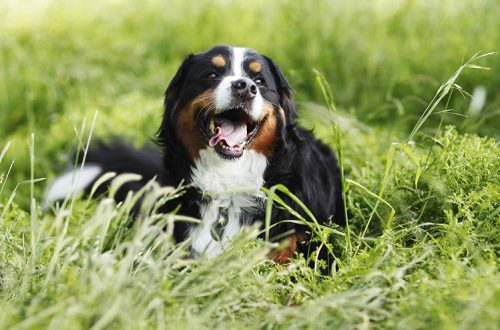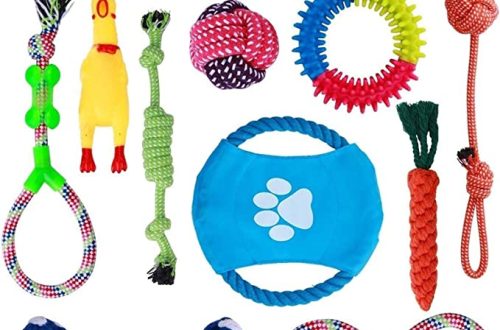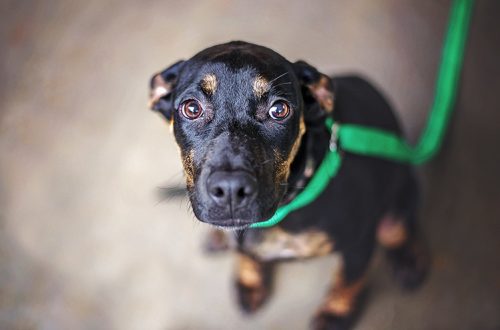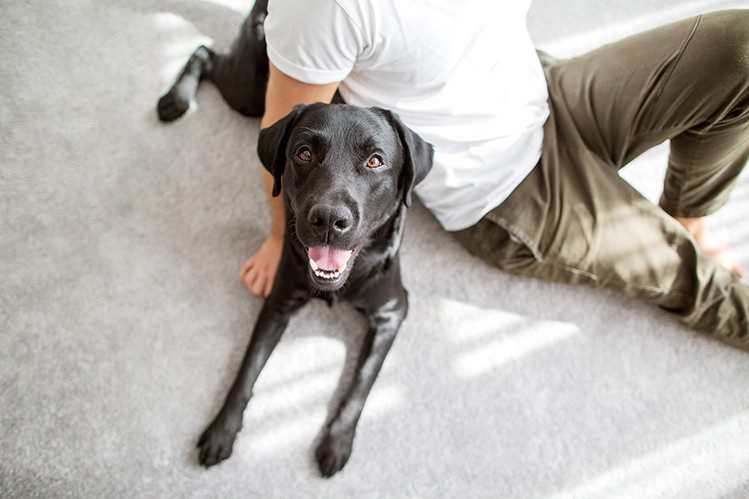
How to understand your dog?
It’s a pity dogs can’t talk! Or do they still know how? It’s just that their “language” does not consist of words familiar to us, but of signs. These signs can tell us about the feelings of the dog, about its attitude to what is happening, to others and, of course, to ourselves. Do you want to learn how to interpret them? We will help you! 10 popular dog emotions – in our article.
- Wagging tail.
And let’s start with the most recognizable sign! It is generally accepted that if a dog wags its tail, it means that it is in a great mood. But in practice there are nuances. Now, if the whole body wags along with the tail from the shoulder blades to the toes, then the dog is really happy! But if the tail is raised, tense and only its tip wags, while the dog’s body is frozen and the mouth is tightly closed – beware! This means that the dog is very tense, she does not like something, and throwing hugs at her is a bad decision. Here you can draw an analogy with cats. Remember, they wag their tails in discontent? Contrary to stereotypes, so do dogs.
- Slightly open mouth, relaxed muzzle.
Smile! Yes, try to smile and pay attention to the position of your lower jaw. During a smile, it drops slightly, and the upper and lower teeth no longer touch each other. The same thing happens with dogs! If the pet is content, relaxed and happy, his mouth is slightly open and completely relaxed. You can consider this an analogue of a human smile!

- Tightly closed mouth and fading body.
If the open mouth is a smile, then tightly closed, on the contrary, speaks of tension and alertness. And if the dog also froze in one position, then this is a signal: be careful! Perhaps the pet is going to sort things out with an approaching relative, or he does not like that person with a huge backpack. The owner’s task: to defuse the situation, distract the dog’s attention with something pleasant. Wagging her behind the ear in such a situation is a bad idea, and the “Play” command in combination with your favorite toy will help a lot!
- Flickering tongue.
Flickering, flickering or a glimpse of the tongue, cynologists call movements when the tongue quickly stretches forward and just as quickly returns to the mouth. Thus, the dog shows slight anxiety and demonstrates recognition of the superiority of the partner. “Flickering” tongues can be seen on the playground when several dogs meet each other and build a relationship with each other. Many dogs flash their tongues in front of their owners. If your pet does this, be sure: you are the undisputed leader for him.
- Yawn.
Like us, dogs may yawn because of fatigue or lack of oxygen in the room, but not only. Yawning in dogs is also a language of intraspecific communication. Norwegian cynologist Tyurid Rugos calls it “a signal for reconciliation”. It is believed that with a yawn, animals express their disposition and relieve tension among their relatives. For example, dogs may exchange yawns in line at the veterinarian as if they are cheering each other on.
- Round eyes and retracted corners of the mouth.
Imagine the situation: the dog’s eyes are rounded, the mouth is tightly closed, the corners of the mouth are laid back, the teeth are bared, perhaps a growl is heard. Anyone understands: do not expect good things. But these signs do not mean aggression, as you might think at first. They mean only one thing: fear. Of course, if necessary, the dog can go on the attack. But in this situation, it is she who needs protection.
- Whale eye.
Another interesting sign that can tell a lot about the feelings of the dog at a particular moment. Imagine that the direction of the muzzle and the gaze of the dog are separated. The pet tends to turn its muzzle away from the irritant, but at the same time continues to look at it. The pupil is shifted to the side to the outer corner of the eye, and from the side, predominantly white is visible. This is the whale eye. It often manifests itself in dogs when they are squeezed by children! As you may have guessed, pets do not really like such actions. They would be glad to turn away, but in fear of losing control over the situation, they continue to watch their “tormentor”.
- The dog turns away.
And since we mentioned head turns, let’s continue the topic. If the dog turns its head away from you, it means that at the moment it does not want to communicate with you. And it does not matter that she sits still and does not budge (praise her for her good manners). In the same way, she can react to other people, animals and objects with which, for some reason, she does not want to contact.
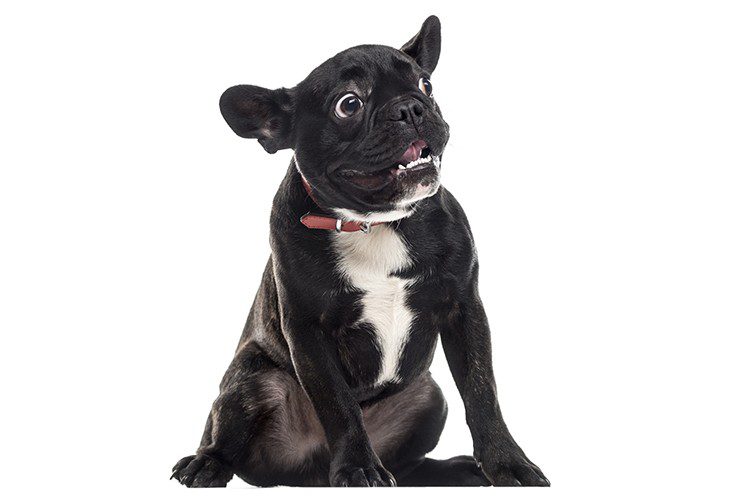
- Talking brows.
Eyebrow movement is also a manifestation of emotions. In this, dogs are like us (well, or we are like them). For example, raised eyebrows indicate anxiety, concern. This is how the dog watches you when you pack your suitcase for the upcoming trip. And shifted and lowered eyebrows speak of tension, discontent, rejection of the situation. Remember, we often wrinkle our eyebrows in a tense situation.
- “Crow’s Feet”.
The beautiful half of humanity does not experience pleasant associations with “crow’s feet”. But here’s an excuse for you to fix the situation: love them on your dog’s face! If you see that small wrinkles are gathering around the eyes of a pet, you can safely regard this as a smile or laughter. Another analogy with human emotions: when we smile sincerely and broadly, the corners of our eyes are also covered with wrinkles.
There are many similarities in the expression of emotions in humans and dogs, and this makes us even closer to each other!
Take a look at your pet. What is his mood now? Tell us about it on social networks. And more smiles for both of you!



